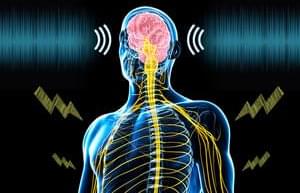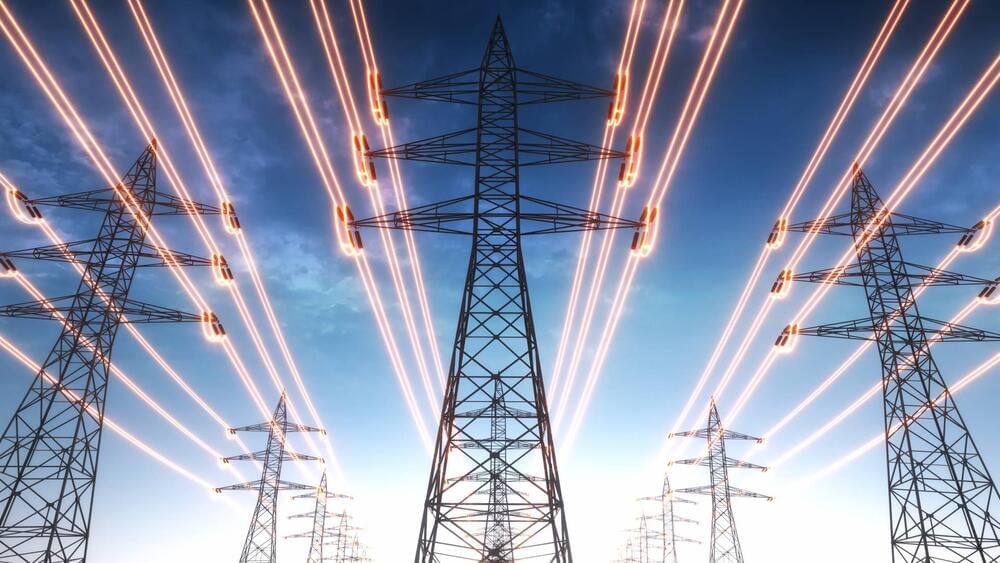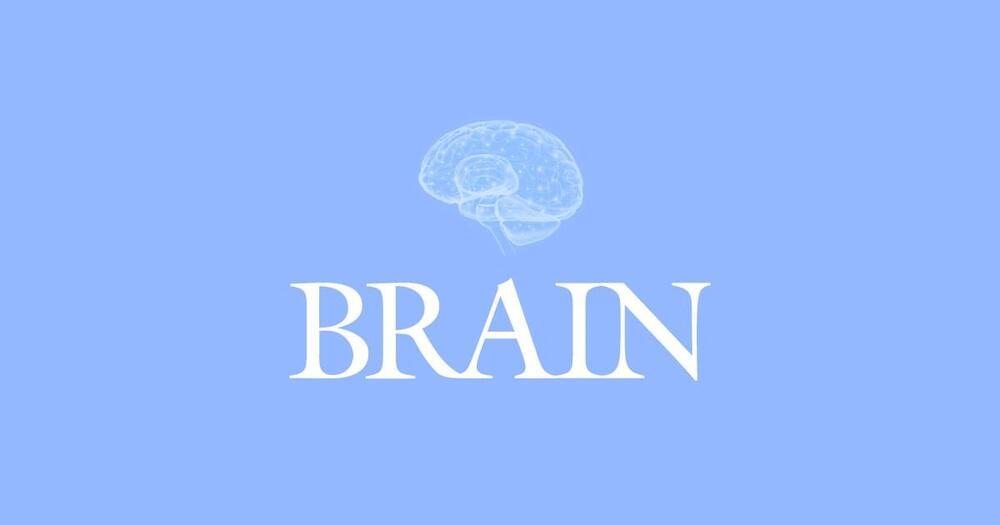This new invention is highly scalable since its raw materials are commercially available and easy to access.
A team of researchers from the National University of Singapore’s (NUS) College of Design and Engineering (CDE) has developed a self-charging electricity generation (MEG) device that generates electricity from air moisture, according to a press release by the institution.
Imagine being able to generate electricity by harnessing moisture in the air around you with just everyday items like sea salt and a piece of fabric, or even powering everyday electronics with a non-toxic battery that is as thin as paper. A team of researchers from the National University of Singapore’s (NUS) College of Design and Engineering (CDE) has developed a new moisture-driven electricity generation (MEG) device made of a thin layer of fabric — about 0.3 millimetres (mm) in thickness — sea salt, carbon ink, and a special water-absorbing gel.
The concept of MEG devices is built upon the ability of different materials to generate electricity from the interaction with moisture in the air. This area has been receiving growing interest due to its potential for a wide range of real-world applications, including self-powered devices such as wearable electronics like health monitors, electronic skin sensors, and information storage devices.
Key challenges of current MEG technologies include water saturation of the device when exposed to ambient humidity and unsatisfactory electrical performance. Thus, the electricity generated by conventional MEG devices is insufficient to power electrical devices and is also not sustainable.







